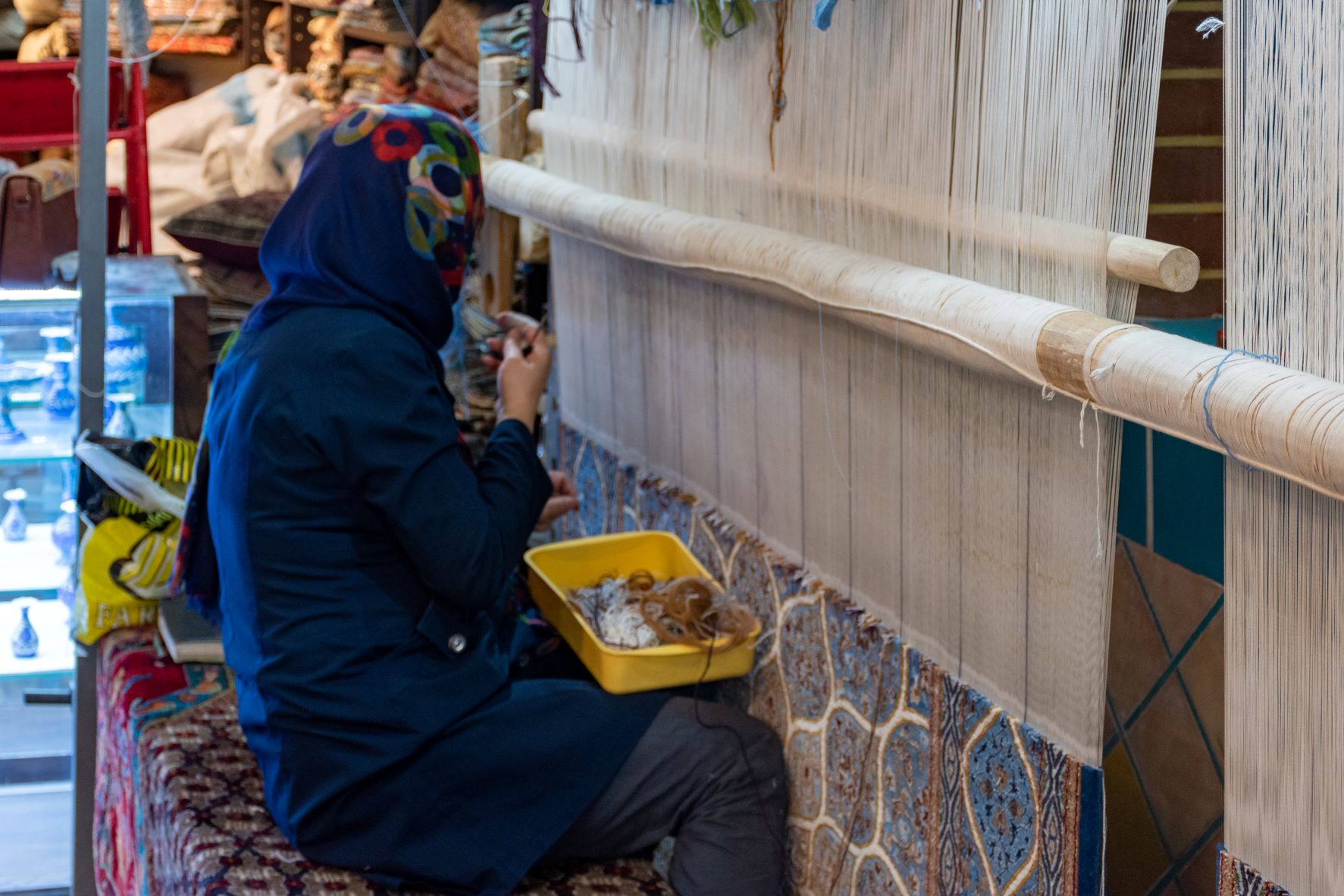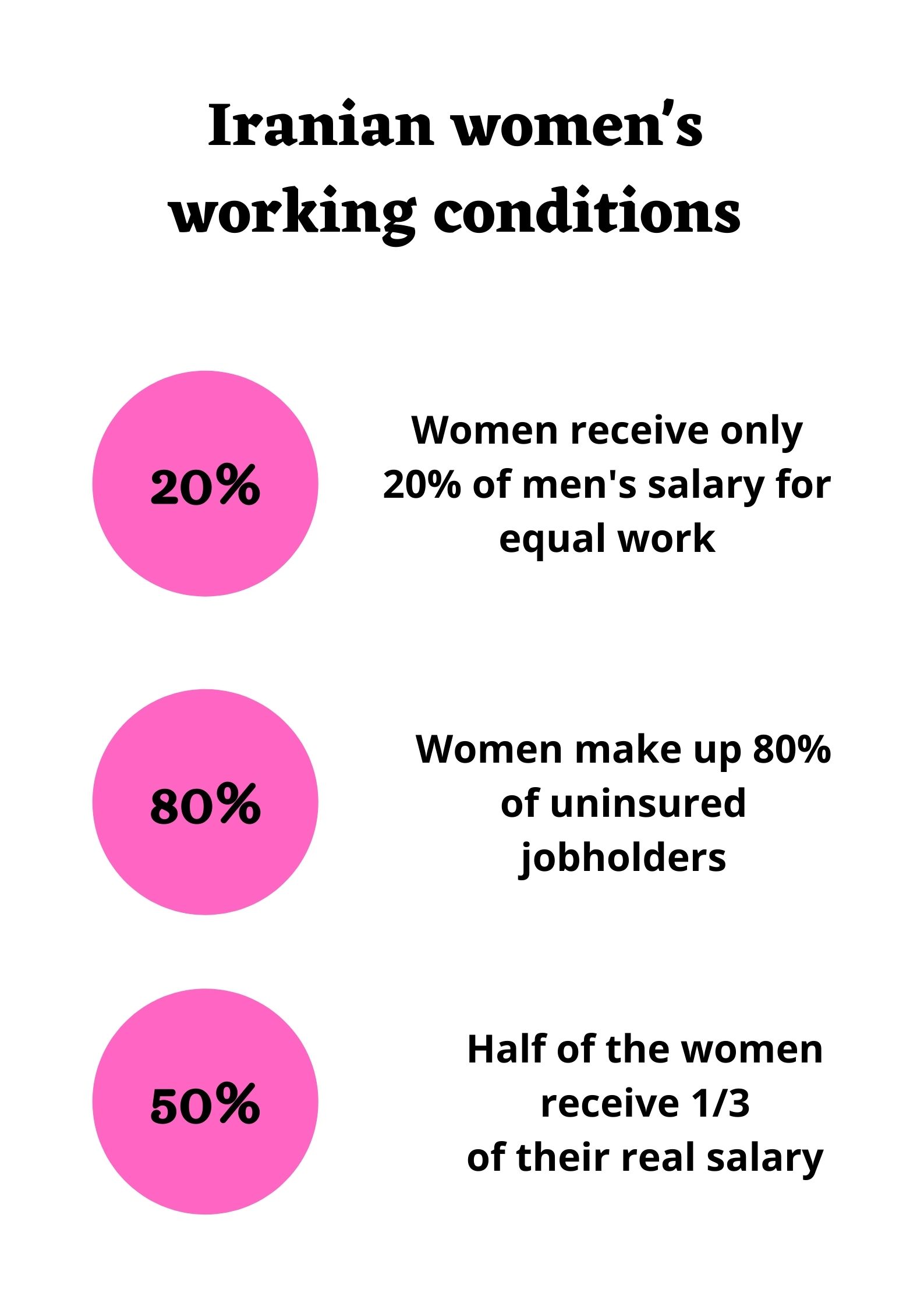
Today’s GOALS
Let’s have a look at the goals for today.
“Gender equality” is the topic of this unit.
“Gender equality” is the topic of this unit.
今日のテーマは「ジェンダー平等を実現しよう」です。
Today’s Goals
■ ジェンダー平等のテーマにかかわる単語・表現を学ぶ
Learn the vocabulary and expressions related to gender equality
■ ジェンダー平等について問題を抱える世界の国について知る
Get to know and share your thoughts on the countries facing gender inequality
■ passageを読んでジェンダー平等についての知識を深める
Deepen your knowledge of gender equality by reading passages
Part A Self-Introduction
自己紹介をする

Part A_1 Self-Introduction
Let’s introduce ourselves to each other.
自己紹介をしましょう。
My name is ________. What is your name?
Part A_2 Self-Introduction
I am ________. Nice to meet you.


Part A_3 Self-Introduction
Nice to meet you too, ________.
Let’s get started.
Let’s get started.
Part B Review
前回のレッスンの復習
Review of the previous lesson

Part B_1 Review
Please read aloud the passage below.
文章を読んでください。講師がチェックします。
Part B_2 Review
Education
Typically, primary education is designed for children aged 6 to 11 years old, and it is a basic right for every child. It plays an important role in reducing extreme poverty and promoting social change.
In 2019, roughly four out of every five children completed primary school. But 58 million children of primary school age remain out of school. The majority of them come from low-income communities.


Part B_3 Review
I will ask the following questions. Please answer based on the passage. I will check if your answers are appropriate.
講師が質問するので答えてみましょう。

Part B_4 Review
| 1. | Where do the majority of out-of-school children come from? |
Part B_5 Review
| The majority of out-of-school children come from ____________. |


Part B_6 Review
| 2. | Did you do your research on the sub textbook? Did you find the activity for education issue? Please tell me what do you feel about it? |
Part B_7 Review


Part B_8 Review
Now, let’s review your answers.
復習してみましょう。
Part B_9 Review


Part B_10 Review
So far, we reviewed the previous lesson topic, “Quality Education”. Do you have any questions?
In the next part, we are going to learn about “Gender Equality”.
In the next part, we are going to learn about “Gender Equality”.
ここまでは前回の復習です。
次のパートからは、「ジェンダー平等を実現しよう」について学習を進めましょう。
次のパートからは、「ジェンダー平等を実現しよう」について学習を進めましょう。
Part C Description
描写問題 他国を知る
Get to know other countries’ situations

Part C_1 Description
Find out where Iran is located.
イランの場所について確認しましょう。

| 1. | Where is Iran? A, B or C? |
Part C_2 Description
| The answer is _________. |


Part C_3 Description
Please look at and study the pictures below. These are pictures from Japan and Iran. I will ask you a question.
(Give the student at least 20 seconds to study both pictures.)
下記は、日本とイランの写真です。写真について質問をします。

Part C_4 Description
| 2. | What can you see in the pictures? Please describe as many as you can from each picture. |
 |
 |
Part C_5 Description
| Answer: |


Part C_6 Description
Now, let’s review your answers.
復習してみましょう。
Part C_7 Description


Part C_8 Description
Did you get any images of gender inequality? If you have anything you don’t know well, please keep researching after the lesson.
Part D Vocabulary
英単語の意味と発音を確認する
Learn the vocabulary and phrases related to the topic

Part D_1 Vocabulary
We’ll read aloud the words and sample sentences below. Please repeat after me. I will check your pronunciation.
講師の真似をして単語を発音しましょう。
Part D_2 Vocabulary

|
domestic 家庭の
The majority of women are usually tasked with domestic work.
|

|
second-class 二流、二級
Some countries treat women as second-class citizens.
|

|
paternal 父親の
Many households have a paternal authority.
|

|
discrimination 差別
There is widespread discrimination against women around the world..
|


Part D_3 Vocabulary
Now, let’s review some words from part D_2.
(Please review the mispronounced words and expressions from part D_2.)
復習しましょう。
Part D_4 Vocabulary


Part D_5 Vocabulary
Please look at the pictures below. Now, fill in the blanks with the words you learned and read aloud the complete sentences.
(Please give the student time to answer.)
それでは、下記のそれぞれの文章の空欄に先ほど学んだ単語のいずれかを埋めて、文章を完成させましょう。
Part D_6 Vocabulary
| 1. | Many women still experience _______________ at work. |
| 2. | Protection against _______________ violence for women must be promoted. |
| 3. | Treating women as _______________ citizens should not be encouraged. |
| 4. | _______________ consent is needed in most Muslim countries. |


Part D_7 Vocabulary
Now, let’s review your answers.
復習してみましょう。
Part D_8 Vocabulary


Part D_9 Vocabulary
Do you have any questions about the meaning of words?
Then, let’s move on to the next part.
Then, let’s move on to the next part.
Part E Reading
リーディング問題 passageを読んで知識を深める
Learn the facts about the topic and the countries that are related to it

Part E_1 Reading
Please read aloud the first passage below.
文章を読んでください。
Part E_2 Reading
Gender Inequality
Females and males are different physically and socially, but girls and women need equal rights without discrimination. However, gender issues around wage inequality, employment, physical violence, sexual harassment, marriage, and pregnancy exist.According to the data, 49 countries still do not have laws protecting women against domestic violence. 1 out of 5 women under the age of 50 experienced physical and sexual violence within the last 12 months. Meanwhile, 15 million girls under the age of 18 undergo child marriage every year. Women also do 2.6 times more unpaid work than men. This leads to lower earnings and less time for non-work activities.


Part E_3 Reading
I will ask the following questions. Please answer based on the passage. I will check if your answers are appropriate.
講師が質問するので答えてみましょう。

Part E_4 Reading
| 1. | According to the data, what do 49 countries still lack? |
Part E_5 Reading
| Answer: |


Part E_6 Reading
| 2. | How many girls under the age of 18 undergo child marriage every year? |
Part E_7 Reading
| Answer: |


Part E_8 Reading
Please read aloud the second passage below.
文章を読んでください。
Part E_9 Reading
The Issue of Gender Equality in Iran
Women and girls are still treated as second-class citizens in Iran. A report to the Human Rights Council shows thousands of child marriages among girls aged 10 and 19 yearly.
By law, girls as young as 13 can marry, and younger girls can legally marry with paternal consent. Over 16,000 girls aged between 10 and 14 have married in half a year, based on the official government data. Despite some progress in education and citizenship rights, Iranian women continue to face discrimination in areas such as marriage, divorce, employment, and culture. Domestic violence against girls and women was also highlighted in the report.
By law, girls as young as 13 can marry, and younger girls can legally marry with paternal consent. Over 16,000 girls aged between 10 and 14 have married in half a year, based on the official government data. Despite some progress in education and citizenship rights, Iranian women continue to face discrimination in areas such as marriage, divorce, employment, and culture. Domestic violence against girls and women was also highlighted in the report.



Part E_10 Reading
I will ask the following questions. Please answer based on the passage. I will check if your answers are appropriate.
講師が質問するので答えてみましょう。

Part E_11 Reading
| 1. | According to the image, what percentage of women receive one-third of their real salary? |
Part E_12 Reading
| Answer: |


Part E_13 Reading
| 2. | According to the report in paragraph 2, what was emphasized as serious issues? |
Part E_14 Reading
| Answer: |


Part E_15 Reading
Now, let’s review your answers.
復習してみましょう。
Part E_16 Reading


Part E_17 Reading
Did you understand the situation and facts of gender equality?
If you have any questions, please ask me.
If you have any questions, please ask me.
Part F Opinion
オピニオン 問題を身近に考える
Think about the topic as your own

Part F_1 Opinion
Please answer the questions below. You can share your opinions.
(It’s okay if the student’s answers are not complete sentences. To share his/her opinions is the goal for this part.)
講師が質問をするのであなたの意見を答えましょう。

Part F_2 Opinion
| 1. | Who does most of the household chores in your home? |
Part F_3 Opinion
| Answer: |


Part F_4 Opinion
| 2. | What sports do women usually play in your country? What about men? |
Part F_5 Opinion
| Answer: |


Part F_6 Opinion
Now, let’s review your answers.
復習してみましょう。
Part F_7 Opinion


Part F_8 Opinion
Thank you for sharing your opinions. Let us continue to learn and think about gender inequality, and then take action to solve it.